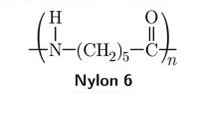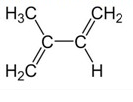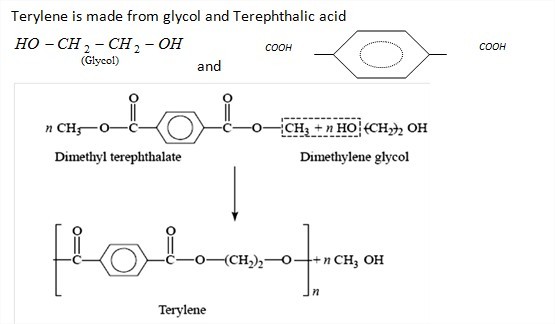11th And 12th > Chemistry
POLYMERS MCQs
:
B
Due to the presence of strong C–F bonds teflon has high thermal stability and chemical inertness.
And it is true that it is a thermoplastic. It changes shape on heating and retains the shape. It cannot be reshaped on further heating.
So, it is true that it is chemically inert but not because it is a thermoplastic.
:
A
The raw rubber is not elastic when found in nature. It becomes soft at high temperature. It has little durability and it has large water absorption capacity.
:
B
Thermoplastic polymers possess intermolecular forces of attraction between elastomers and fibres. Polythene is a thermoplastic polymer.
:
D
Both as addition and condensation polymers.
:
C
Bakelite is thermosetting polymer. It becomes infusible on heating and cannot be remoulded.
:
A
Buna-S is produced by the addition polymerisation of 1,3-butadiene and Styrene.























